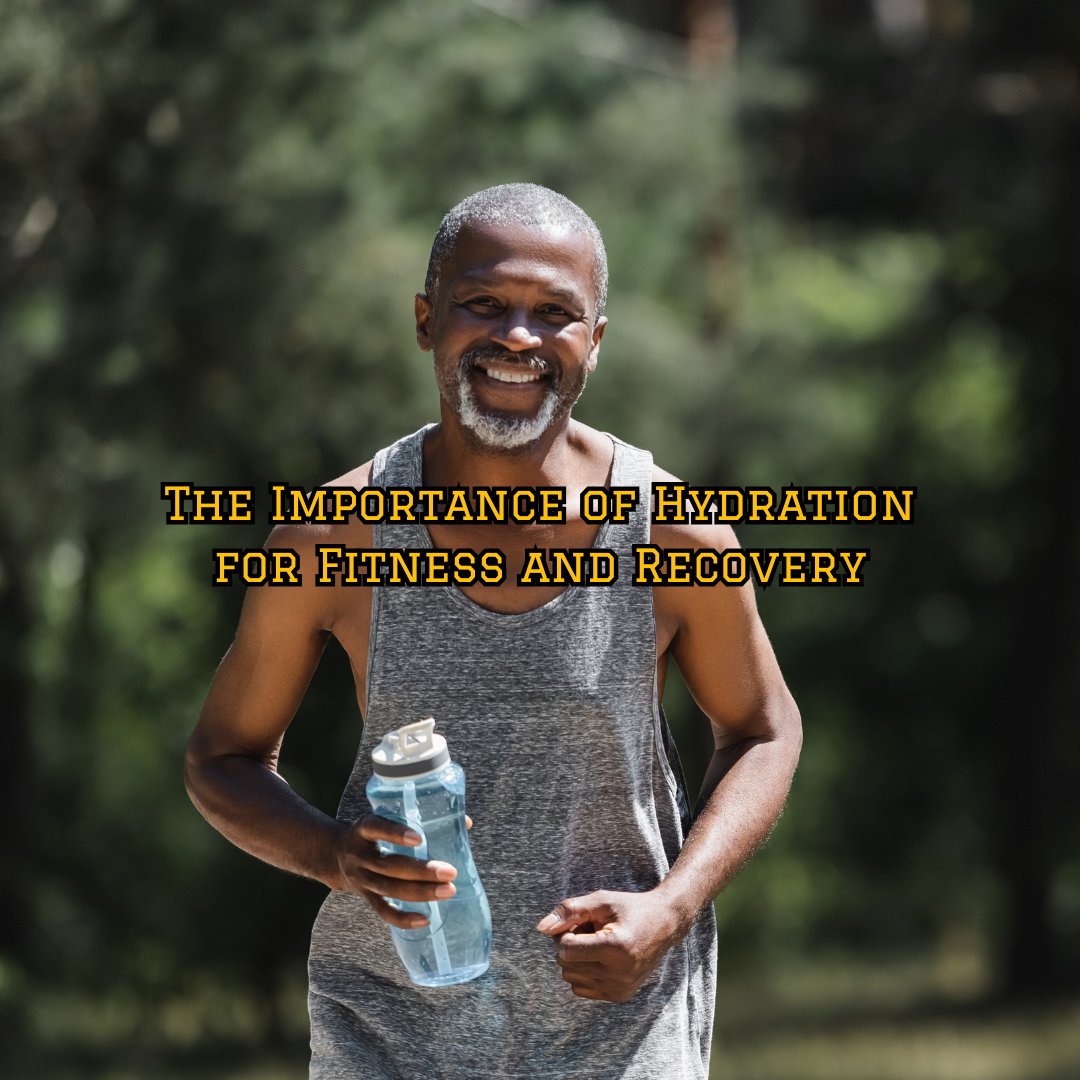Your basket is currently empty!
The Science of HIIT:
GR8R is a call to action. A movement to get people to recognise their worth and overcome the challenges that lie between who they are and who they want to be. Join us in removing the barriers to activity and encouraging anyone to active, anywhere, and anywhen.
·
Why High-Intensity Interval Training Works

High-Intensity Interval Training (HIIT) has gained immense popularity in the fitness world due to its efficiency and effectiveness. This workout style alternates between short bursts of intense activity and periods of rest or low-intensity exercise, offering numerous health benefits. But what is it about the Science of HIIT that makes it so effective?
The Physiological Basis of HIIT
- Enhanced Cardiovascular Health
HIIT improves cardiovascular fitness by increasing the heart rate to a higher level compared to steady-state cardio. This leads to better oxygen utilization and improved heart function. - Increased Caloric Burn
HIIT workouts continue to burn calories even after the session ends, thanks to the afterburn effect or Excess Post-exercise Oxygen Consumption (EPOC). This phenomenon results from the body’s need to restore itself to its resting state, which consumes more energy. - Improved Insulin Sensitivity
Research indicates that HIIT can improve insulin sensitivity, helping the muscles use glucose more effectively. This is particularly beneficial for individuals with or at risk of type 2 diabetes. - Muscle Building and Fat Loss
HIIT not only burns fat but also helps in maintaining and building muscle mass. The combination of aerobic and anaerobic exercise within a HIIT session promotes lean muscle growth while reducing fat.
Why HIIT is Efficient
- Time-Saving
One of the biggest advantages of HIIT is its time efficiency. A typical HIIT session can be completed in 20-30 minutes, making it ideal for people with busy schedules. - Versatility
HIIT can be adapted to various fitness levels and preferences, whether performed with bodyweight exercises, cycling, running, or using gym equipment. - No Equipment Necessary
Many HIIT routines require no equipment, making it accessible to anyone, anywhere.

Sample HIIT Workout
- Warm-up: 5 minutes of light jogging or dynamic stretching.
- High-Intensity Phase: 30 seconds of sprinting at maximum effort.
- Rest Phase: 90 seconds of walking or slow jogging.
- Repeat: 6-8 cycles.
- Cool Down: 5 minutes of walking and stretching.
Conclusion
HIIT is a scientifically proven, efficient way to enhance fitness, burn calories, and improve overall health. Its versatility and time efficiency make it an excellent choice for anyone looking to optimize their workout routine.
Discover more from GR8R Than Fitness
Subscribe to get the latest posts to your email.
-

The Link Between Self-Care, Confidence, and Romantic Success
Self-care is vital for a happy and balanced life. It goes beyond simple relaxation; it’s about improving our physical, emotional, and mental health. When we practice self-care, we grow personally and create better relationships. People who take care of themselves often share positive energy, making their interactions more enjoyable. Taking care of our own needs…
-

Common Misconceptions About Strength Training for Women
Strength training is often surrounded by myths and misconceptions, particularly when it comes to women. These misunderstandings can prevent many from experiencing the many benefits of resistance workouts. Myth 1: Strength Training Makes Women Bulky One of the most prevalent misconceptions is that strength training will lead women to become bulky or overly muscular. In…
-

Crush Your Goals with Meal Prepping
Are you looking to streamline your eating habits, save time, and achieve your health goals? Meal prepping is the answer! This practice not only helps you stay organized but also empowers you to make healthier food choices. In this guide, we’ll explore the benefits of meal prepping and provide you with practical tips to get…
-

The Importance of Hydration for Fitness and Recovery
Hydration plays a crucial role in fitness and recovery, yet it is often overlooked by many athletes and fitness enthusiasts. Proper hydration not only enhances performance but also aids in quicker recovery, making it essential for anyone engaged in physical activity. In this article, we will explore the significance of staying hydrated, the impact of…
-

Gr8r Than Fitness Selected for African Impact Challenge and H2i Program
Gr8r Than Fitness, a Botswana-based health and fitness company, has been selected for the prestigious African Impact Initiative’s African Impact Challenge 2024. This milestone places the company in the healthcare stream, with participation in the Health Innovation Hub (H2i) program hosted at Ashesi University in partnership with the University of Toronto. These initiatives aim to…
-

Fitness Tips for Exercise Beginners
Consistent exercise is among the most beneficial practices for your health. Yet, incorporating it into your daily routine and sticking with it takes determination and self-discipline. Employing specific strategies can assist you in staying dedicated. Why Exercise? Regular exercise has been shown to significantly improve your overall health. The primary benefits consist of helping you…

Leave a Reply